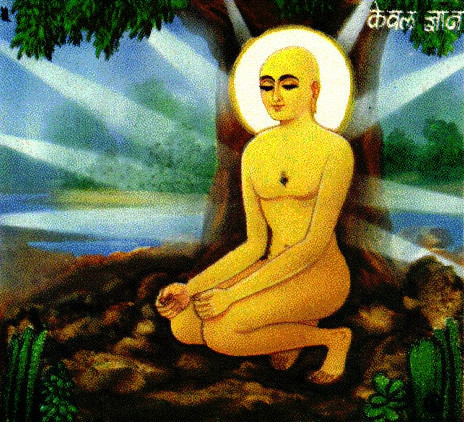
I got up excited this morning and went to practice. Drove into the South End of Boston and scrounged up parking – feeling confident in the ease of being able to find a spot. Then it dawned on me…today is a new moon. (HAND SLAP TO FOREHEAD and FILTHY FOOLERY FLYING OUT OF MY MOUTH).
Once I came to terms with it, I let it go and drove home casually. I had already had my morning coffee so there was no chance in me climbing back into my bed, my daughter would be up in an hour.
I took practice. I brought the space heater into the living room and took it.
My practice has regressed – I’ve gone back to basics and refining. Not concerning myself with second series at all. Focusing attention on my core and upper psoas. Finding my back legs in Warrior and grounding through my legs and integrating core into my drop backs – learning how to dangle and softly come down to my finger tips. Working on my breath.
Interestingly enough the below was just posted from Scott, who is heading up our Mysore program while Kate is in India. His presence creates a sense of awareness for me – that helps me remove obstacles – so his writing is timely.
“The Moon is in Capricorn, which is an earth sign, the element of the first chakra, Muladhara, the root chakra deals with our basic need for stability, or a sense of security.the deity associated with the 1st chakra is Ganesha, who embodies stability.
Ganesh is called the remover of obstacles, delivering us to a place of samatvam, evenness.
Just as the trees have collected their vital energies back into the ground, we can all take this time to dig back into the roots of our practice.
Breath, energy, focused attention.
From the very beginning, samasthiti, to stand evenly. Fully balanced, mind steady with present moment awareness.
We train to watch the quality of the effort, listen to the breath, learn to see what is at risk, what is getting compromised, as we struggle with the practice,and learn to keep coming back to “samatvam” evenness of breath and of mind.
The yoga sutras says, “that after a long time, of uninterrupted practice ,with a true heart of devotion, we shall find ourselves on firm ground.” Somewhere along the way, we tend to find ourselves striving forward towards an envisioned goal, perhaps a challenging asana we aim to achieve , or the completion of a series of poses.
A “finished practice.”
I find it often takes being stuck in a pose, we may not be fully prepared for, to understand the need to go back and seek more stability and ease in the previous postures. Again and again in my own practice, I go back to rediscover things which I have misinterpreted or misunderstood along the way.
Attempting to explain the basic principles of the practice, as simply as I can, so as to provide assistance to others in their practice, at the same time helps me in my own practice.
It helps to remember we’re all going through this together.
Several years ago when I first came to teach in Boston, I had an email exchange with my first ashtanga teacher Chuck Miller, asking his perspective on helping students work through difficult postures. I shared an excerpt from his reply on our old blog.
“You go back!” Pattabhi used to say that.
Go back to the beginning. See the pose you are challenged by all the way
Back at the beginning of the sequence.
That was not possible before (to see the relationship) but now that the struggle has ‘lit up the field’ . You can see stuff that was not visible before.
Work harder on it in the basics and then allow it ripen in the ‘advanced.’
It works better that way. It is difficult to control the restlessness in ourselves to do this and it is often not the most popular thing to present…but if you want to teach the real deal it works really well!
I can still hear him grunting “Why you rush ahead, you go back!” I heard that very differently over the years but it is now saying to me go back to being present, go back to the beginning, forget about getting to the end…
“You Go Back!” A good one, but seriously misunderstood!”
And this is exactly where I am. Recovering from injury – back in Primary – finding new ground, in a different body, with a different mindset.
“You take practice whole life.” is beginning to make more sense to me – because throughout your life your practice will change.
It was my first home practice of 2013 and it was on the New Moon. I know that I am not the only Ashtangi who has done this. To the Ashtangi police – it’s not going to become a habit, today was an exception.
=I am entering this new year with new-found strength and ease. Allowing things to come and go as they need. It feels good…like the exhilaration that comes with catching a wave and riding it.
Go me.
Go you.



